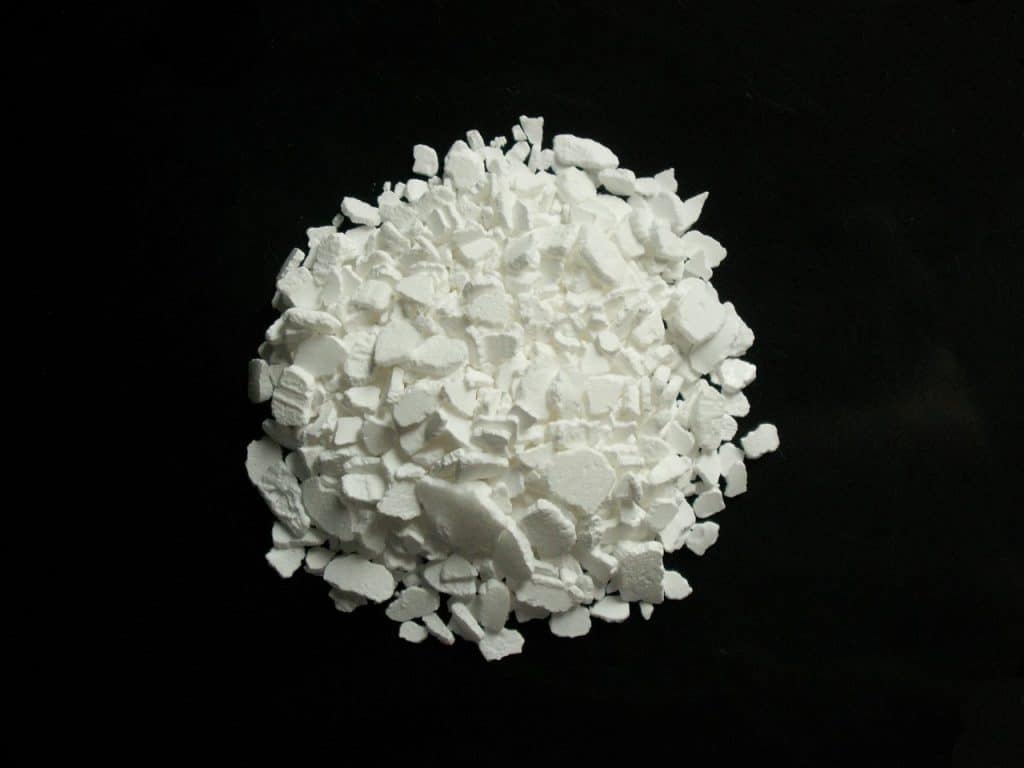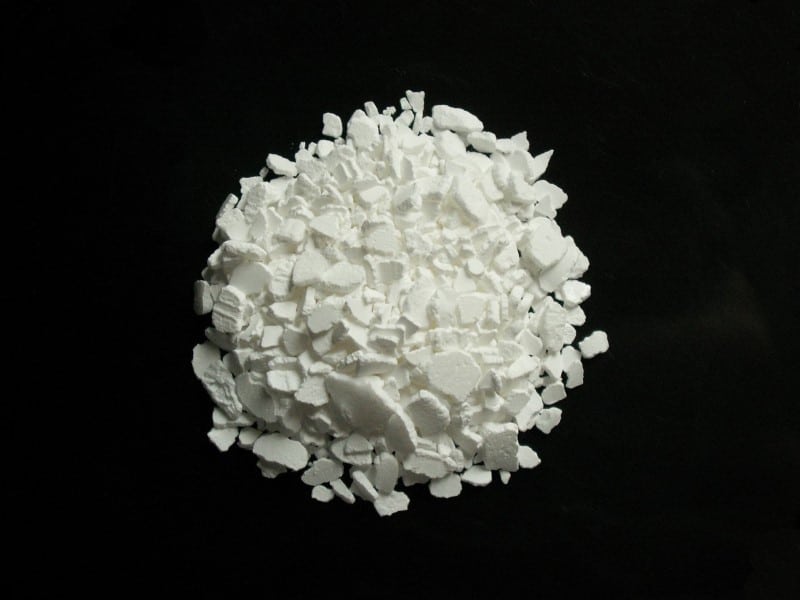
To keep your cesspit optimal without worrying about calcium sulfoaluminate formation, you have to consider having an aeration system installed. Once an aeration system is built into your cesspit, hydrogen sulfide will be kept away from the headspace above the waterline. With this, the gas will not be able to react with oxygen and therefore, will not produce sulfuric acid anymore. Ultimately, calcium sulfoaluminate will not be formed on the concrete reinforcement of the cesspit. You should talk to your septic expert about turning your cesspit into an aerobic system. it may cost a little extra but you can be sure that you will have a longer living cesspit. More oxygen in the cesspit encourages the growth of more aerobic bacteria. Aerobic bacteria breakdown more minute solid particles that the anaerobic bacteria may have left out. They also regulate the biomat that purify the effluent. The biomat get rid of the toxins and pathogens before it is returned to the surrounding environment.
As a responsible homeowner, you should be aware of ettringite and other factors that cause clogging in you cesspit. Some of the other causes of cesspit clogging are the following:
- The regular use of harsh chemicals. Strong acids and bases kill off the resident bacteria that the cesspit need to break down the solid waste particles in the wastewater. No bacteria means no treatment. The solid waste stays in the cesspit until it clogs everything.
- Soil compaction. This condition is brought about by the heavy weight of structures and vehicles damage the cesspit components and bring in sediments that block the system. Components also become crushed, disabling the normal flow of the treatment.
- Excess water load. Too much water in the cesspit also clogs it. The water stirs up the solid waste particles, delaying their break down. They just stay in the cesspit and clog the perforations that surround the cesspit.
- Improper waste disposal. Non-biodegradable should be recycled or just not dumped into drains and toilets. Even if you have garage disposal units, grease and plastic materials will remain non-biodegradable. They cannot be decomposed by bacteria so they are stuck in the cesspit. The non-biodegradable materials are even pushed into the surrounding soil absorption system. This clogs everything, resulting to wastewater flooding, backups, and overflows.
It is your responsibility to know how you could take good care of your cesspit system. It is the only thing you have to do to make sure that your living space is healthy and sanitized for decades to come. Remember that how you are as a homeowner is reflected by the condition of your home.
